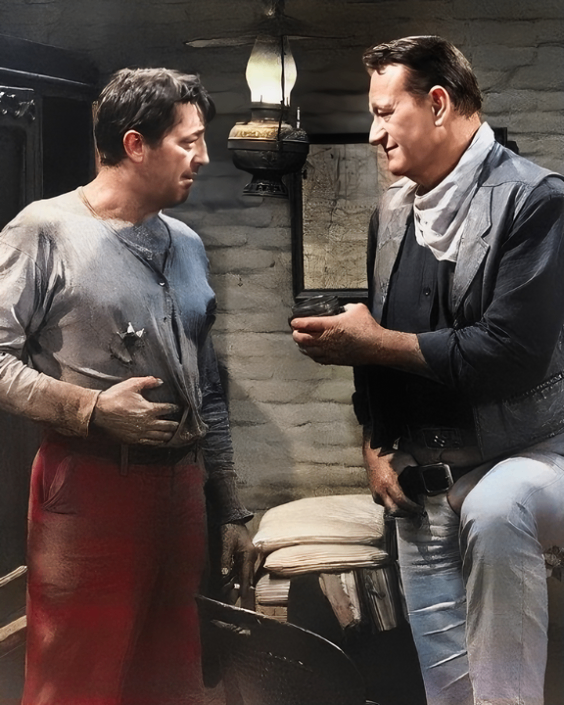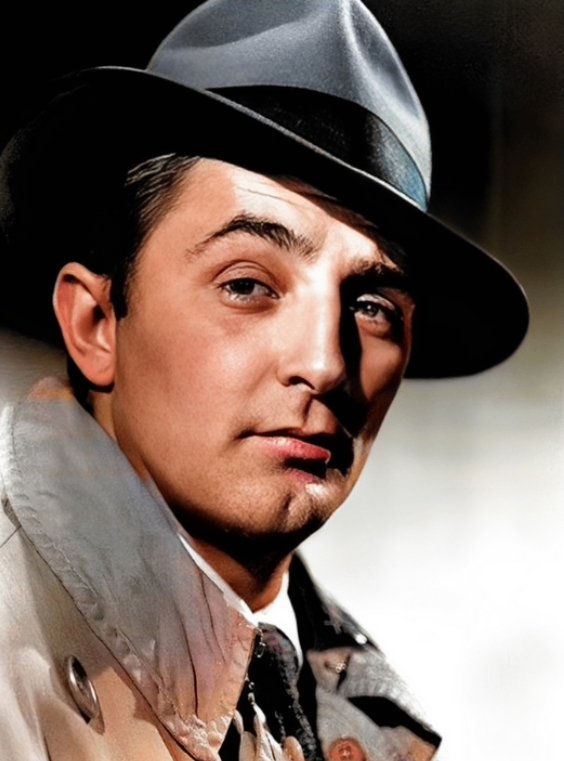“How Robert Mitchum Lived in Luxury After Filming: A Wrinkle-Free Example of Timeless Handsomeness”

Settling in Long Beach, California, Mitchum’s life took a cinematic turn when he stepped onto the silver screen with a bit role in a Hopalong Cassidy western. With a wink and a grin, he captured hearts and inked a deal with RKO Radio Pictures, Inc., igniting a flame that would burn bright in Hollywood’s firmament.
Though hailed with an Academy Award nomination for his noble turn in “The Story of G.I. Joe” (1945), it was Mitchum’s dive into the shadows of film noir that truly defined his legacy. As a cynical private eye, a shady gambler, and a man on the edge of morality, he danced with danger and seduced audiences with his enigmatic charm.
Off-screen, Mitchum’s life mirrored his roles, marked by scandal and defiance, notably a daring brush with the law over marijuana possession in 1948. Yet, far from dimming his star, these escapades only fueled his rebel image, casting him as Hollywood’s outlaw hero.
With each role, Mitchum painted his canvas with shades of darkness and light, from the haunting preacher in “The Night of the Hunter” (1955) to the relentless pursuit of justice in “Cape Fear” (1962).  His legacy endures as a testament to the power of the silver screen to capture the essence of the human spirit, forever etching his name in the annals of Hollywood lore.
His legacy endures as a testament to the power of the silver screen to capture the essence of the human spirit, forever etching his name in the annals of Hollywood lore.

